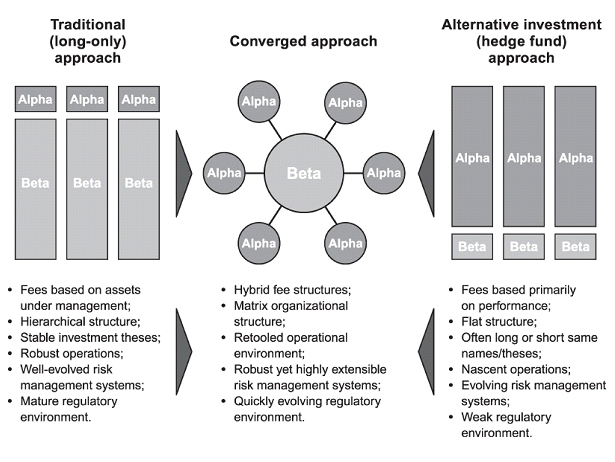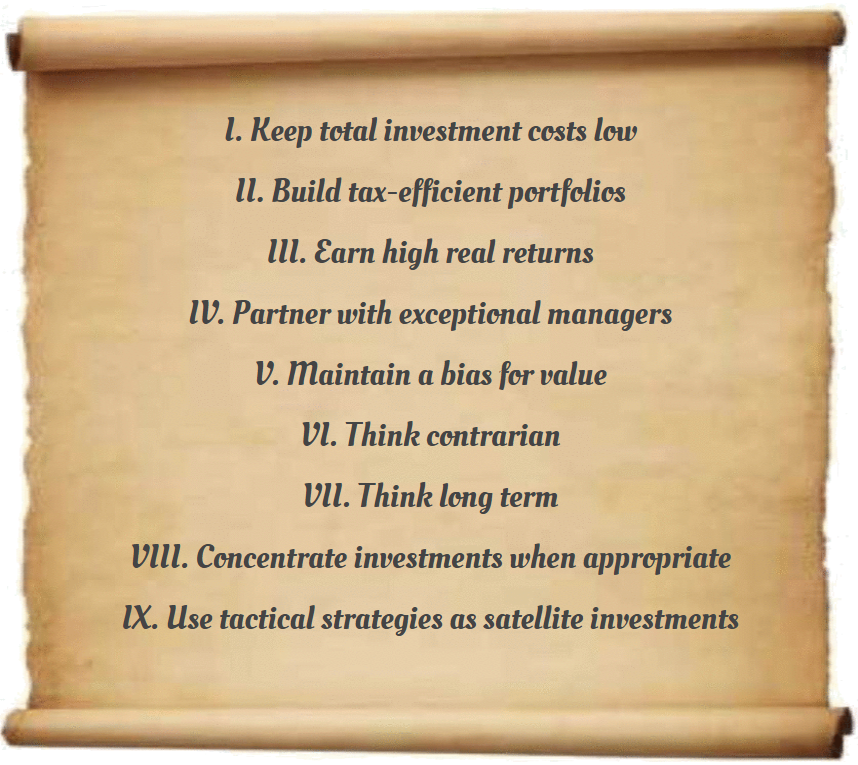Core/satellite investing is a method of portfolio construction designed to minimize costs, tax liability and volatility while providing an opportunity to outperform the broad capital market as a whole. The core of the portfolio consists of passive investments that track major market indexes, such as the Standard and Poor’s 500 Index (S&P 500) and/or the Barclays Capital Aggregate Bond Index.
Additional positions, known as satellites, are added to the portfolio in the form of actively managed investments.
The conventional view of the core-satellite methodology suggests it is prudent to use index funds for markets that are deemed efficient and to use active managers in areas considered to be inefficient, where the managers are presumed more likely to succeed.


